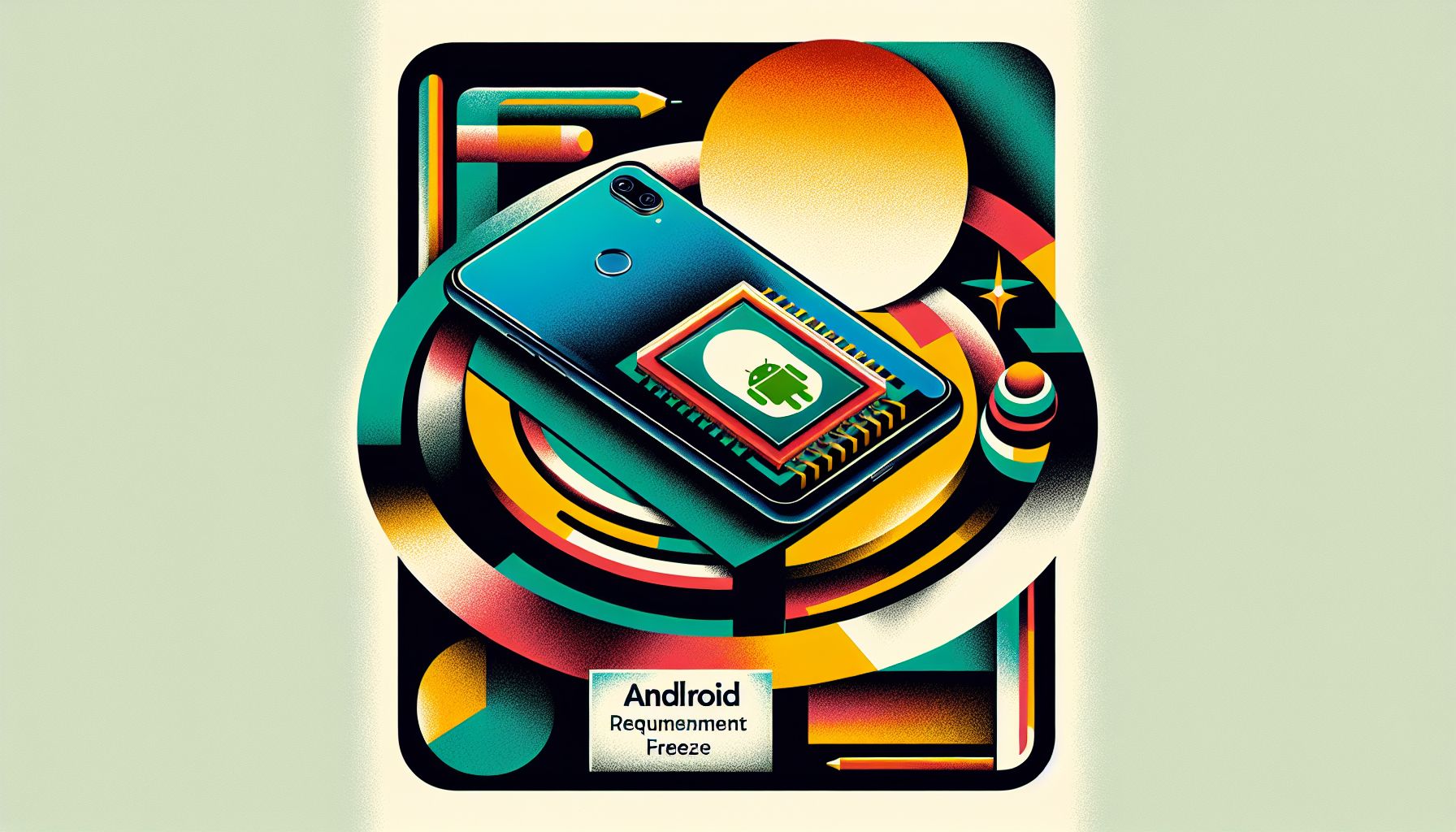Google's Longevity Plan: 7 Years of Android Updates on the Horizon

Mountain View, Thursday, 24 October 2024.
Google’s new Longevity Requirements Freeze (LGRF) program aims to extend Android device support to seven years, up from three. Qualcomm’s Snapdragon 8 Elite is the first chipset to comply, potentially revolutionizing long-term smartphone usability across brands.
A Significant Shift in Android Support
Google’s initiative to extend software support for Android devices marks a pivotal shift in the mobile technology landscape. Previously, Android devices, especially those not in the premium segment, faced challenges in maintaining software updates beyond three years due to limited chipset support and evolving software requirements. With the Longevity Requirements Freeze (LGRF) program, Google is set to change this by allowing up to seven years of updates, starting with the Snapdragon 8 Elite chipset. This initiative is poised to enhance the longevity and security of smartphones, thus offering consumers a more sustainable and reliable user experience.
Technical Innovations and Challenges
At the core of this extended support is Google’s innovative approach to freezing the software requirements for chip vendors for the first three years of a device’s life cycle. This strategy permits the same underlying software to be used across multiple Android versions, simplifying the update process for manufacturers. However, the program isn’t without its challenges. OEMs must still update the Linux kernel every three years to ensure security standards are met. Additionally, while the LGRF allows for long-term software stability, some newer Android features may not be accessible on older hardware due to specific processor requirements. Nevertheless, the implementation of the Snapdragon 8 Elite chipset suggests promising advancements for future devices.
Global Impact on Smartphone Manufacturers
This initiative is expected to influence a broad range of smartphone manufacturers. Giants like Samsung, Oppo, Xiaomi, and OnePlus are anticipated to integrate the Snapdragon 8 Elite into their upcoming devices, aligning with Google’s new program. The move is likely to standardize extended software support across different brands, thus leveling the playing field for mid-range and flagship devices alike. Google’s leadership in this area emphasizes its commitment to enhancing the Android ecosystem by ensuring devices remain functional and secure for longer periods.
Implications for the Future
As Google pioneers this extended support model, the implications for the future are profound. Consumers will benefit from devices with longer lifespans, reducing electronic waste and promoting environmental sustainability. The LGRF program also offers a competitive edge to Android manufacturers, setting a new standard for customer expectations in device longevity and support. While Google has yet to officially confirm which devices will first benefit from this extended support, the anticipation surrounding the Pixel 9 series and similar models suggests a promising future for the Android user base.

